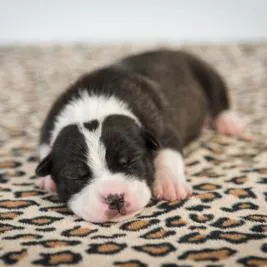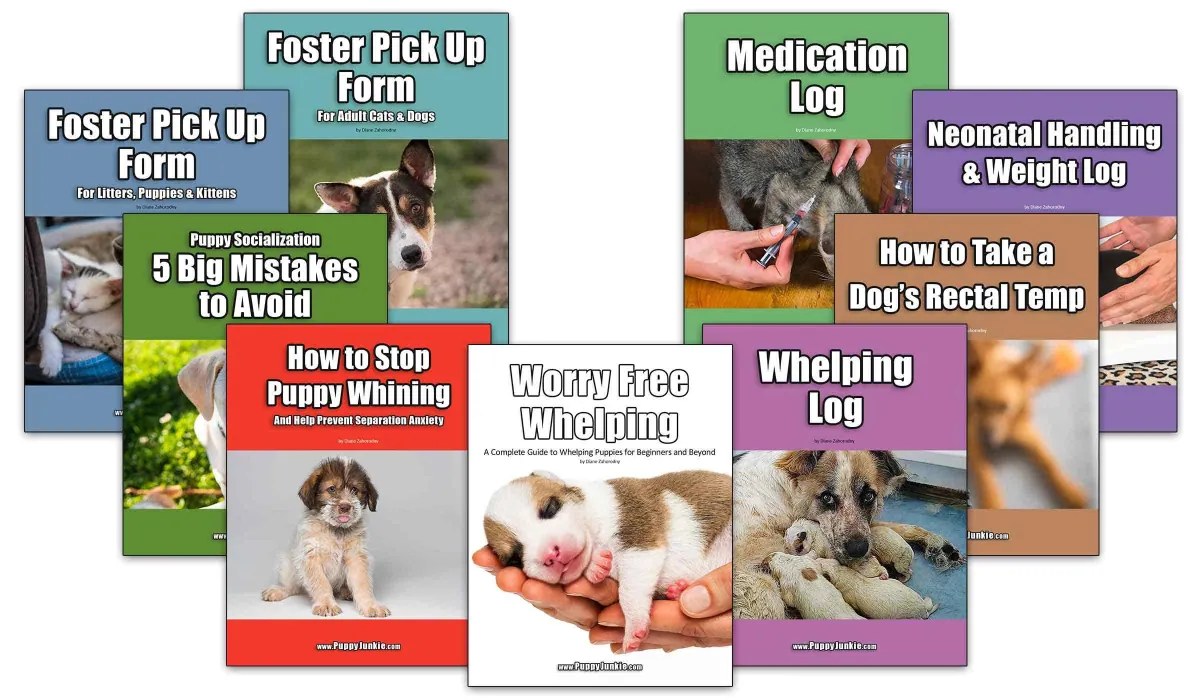Socializing Puppies to Chickens and Other Animals
March 16, 2021
by Diane Zahorodny
Healthy puppies should meet other healthy, friendly animals that you know well and this can start around 3-4 weeks old. First introductions don't have to be face to face. Just seeing or smelling other animals from various distances is a great place to start and greatly reduces the chance for a negative interaction.
When dealing with situations over which you have less control, i.e. the behavior of another animal, I would err on the side of caution. Start slow and keep them brief. You could start with something as simple as letting your puppies smell a towel that was rubbed on that animal. After they've seen and smelled each other from a distance, bring them closer but keep a barrier between. Once everyone seems comfortable around each other, then you can try having them in the same physical space but make sure there are places for the puppies and other animals to get away from each other at will like a platform to hide under or get on top of. You want this to be a positive experience.
Tips for Introducing Puppies to Other Animals
All animals should be healthy
Start slow and from a distance. Just seeing or smelling the other animals is a great place to start
Barriers b/w animals and puppies is a great idea
Pay attention to puppy body language, if they are wary or fearful, reduce the intensity of the interaction until they can cope
Wary behavior: tail tucked, body tense, ears back, weight back, ducking, hiding, moving or running away, whale eye (lots of white around the iris), barking
Curious behavior: body relaxed, ears forward, leaning forward, sniffing, moving toward
If a puppy is uncertain, engage them in play in the vicinity of the 'scary' thing
Only have Mom around if she provides a good example of how to behave around other animals
Puppies playing together is a good sign because fearful animals do not play
Ideally, you want your puppies to be briefly interested in the new animal and then return to play, rest or exploring. Intense staring or barking should be redirected elsewhere
Try to end on a high note. It's tempting to want to keep it going but stop while everyone is still having fun. It doesn't have to be a long interaction for them to benefit

